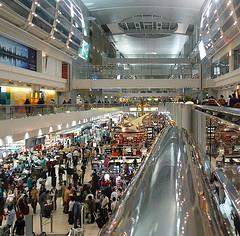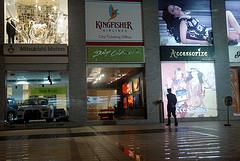According to a recent report by CBRE, foreign retailers are poised to increase their demand for retail space across India. Notably, Mumbai and Delhi have emerged as the leading destinations for these international brands.
As foreign retailers seek to establish a presence in India, they are drawn by the rising population that creates a robust customer base. Additionally, increasing income levels also play a significant role in encouraging these retailers to launch more stores in the region.
In the past year, Delhi saw the opening of 13 stores by foreign retailers. While this figure might seem modest when compared to Hong Kong’s 51 stores and Singapore’s 27, it nonetheless signifies a notable step in the right direction.

Across the Asia-Pacific region, the report titled ‘Retail Hotspots in Asia Pacific’ reveals that global retailers have successfully opened approximately 70 stores. Anshuman Magazine, CMD of CBRE South Asia Pvt. Ltd., emphasized that global retailers view India as a mature market, which further bolsters their interest in the Subcontinent.
India is gradually becoming a preferred location for international retail. The favorable sentiments amongst foreign retailers have also been lifted by the government's newly relaxed Foreign Direct Investment (FDI) policies, which allow for direct investments in India.
The government has opened avenues for more FDI in multi-brand retail as well, although the final authority lies with individual state governments. This means that states have the discretion to either allow or restrict foreign retail entry.

Most states have welcomed global retailers with open arms, while some have yet to indicate approval. New Delhi stands out as one of the regions most accommodating to foreign retailers.
In terms of new store openings across the Asia-Pacific region, luxury and business retailers accounted for a substantial share, constituting over 26% of the total. Following them, mid-range fashion and specialist clothing brands secured second and third places with 18% and 13% of the openings, respectively. Coffee and restaurant chains also represented a significant portion at 13%, while value and denim stores made up 11%.